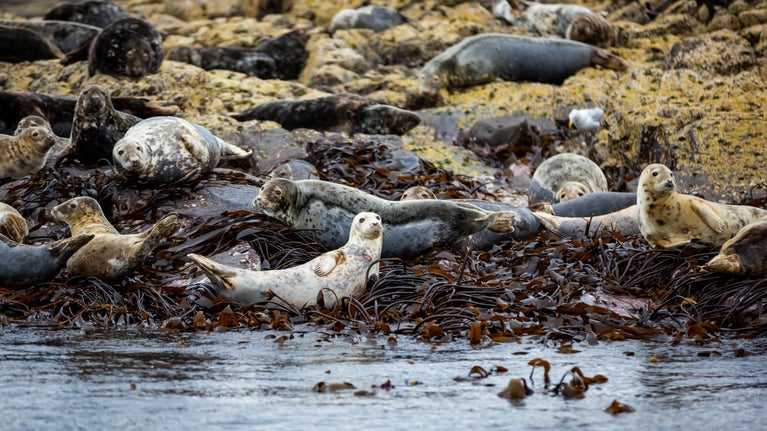Future of the project
By 2026, we will have placed the equipment, skills, and experience in our Ranger team to harvest and collect seed from local wildlife rich habitats. This long-term sustainable approach will give the grasslands the best chance of becoming abundant in wildflowers and a robust habitat for nature. In addition, we are growing wildflower seed donor sites. These are highly abundant areas of wildflowers, that will provide a sustainable long-term source of wildflower seeds. Within 2-3 years of sowing wildflower donor sites, Rangers can begin to collect seed of some species to introduce wildflowers and create new habitat for wildlife. Every hectare of donor site harvested will provide enough seed to sow two more hectares. Our ambition is to create 1,275 hectares (3,151 acres) of habitat, including grasslands, by 2030.
Choosing the right seed
The types of wildflowers sown at each site have been chosen to complement the existing ecology. For example, at Woolacombe we’ve sown species such as Kidney Vetch and Viper’s-Bugloss to suit the sand dunes and clifftops. These species are good for blue butterflies, especially the small blue, which is rare in the West Country. The meadows will also attract many important species such as voles, pollinators, and bats as they grow.
The carefully sourced seed has been sown using two different methods. The majority has been sown by machinery to make the scale of the task achievable. However, where access has been difficult, teams of staff and volunteers have sowed the seed by hand.














